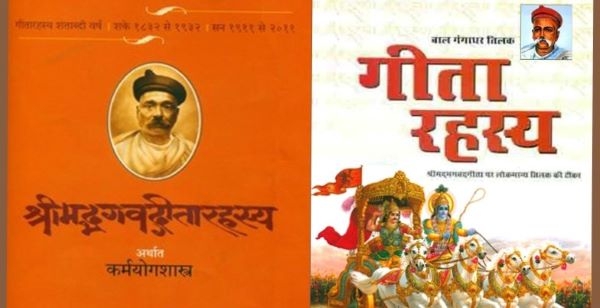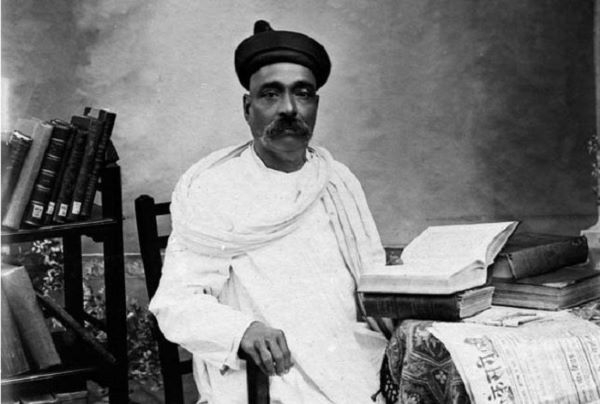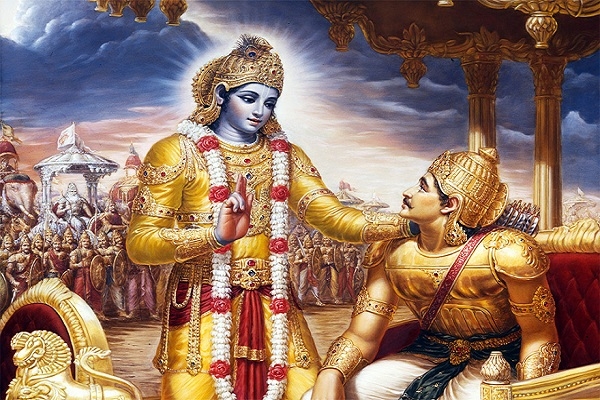Gita Rahasya…An Evergreen Book in its 105th
New Delhi, June 8: The period between 1908 to 1914 was the toughest one for Lokmanya Bal Gangadhar Tilak as he was imprisoned at the Mandalay jail. However, it proved worthwhile not only for him but for the entire nation as the world famous book Gita Rahasya was completed by the hands of ‘the father of the Indian unrest.’
Today the book has entered its 105th year as it was published on June 8 in 1915 at Gayakwad Wada, Pune.

It is Karmyog Shastra, the other name of this book. The book is the decoding of Bhagwat Gita with a special focus on Karmayoga – the part which conveys the importance of ‘action’. Since long ago, many philosophers and thinkers have attempted to interpret Gita in an analytical way. The distinctiveness of Lokmanya Tilak’s composition was he emphasized the superiority of Karmayoga over all other Yogas like Dnyanayoga (Yoga of Sole Knowledge) and Bhaktiyoga (Yoga of Devotion). In a speech he says, “Various commentators have put as many interpretations on the book, and surely the writer or composer could not have written or composed the book for so many interpretations being put on it. He must have but one meaning and one purpose running through the book, and that I have tried to find out.’’ Gita Rahasya consists of two parts. The first part is the philosophical exposition and the second part consists of Gita, its translation and commentary.

Although Tilak was in Mandalay jail for around six years, the book, which was more than 400-pages of script was completed in less than four months. For this ocean of knowledge and the great scholar of Indian philosophy, the only thing to do was to put it on paper as the content was ready in his mind! Tilak donated the money received from the sale of the book to the Indian Independence Movement.
The central point of Tilak’s interpretation, which was in fact the central point of Bhagwat Gita has a special reference of time. The time when he wrote this book was a high time to shed all the motives of inaction as the entire India was reeling under the British Rule. The book was basically intended to awaken Indians and make them aware of the ethical value of ‘action’ which was the need of the hour. Bhagwat Gita was born with the same intention to awaken Arjun who got inactive right on the battlefield by falling into the dilemma of whether it would be fair to kill his own family members! Lokmanya Tilak, through Gita Rahasya defended the ethical obligation to the active principle or action, even violent action as long as that was selfless and without personal interest or motive.

The philosophy interpreted in the book has no expiry date! This is the book which each and every Indian must keep…not in cupboard, but in the heart!
